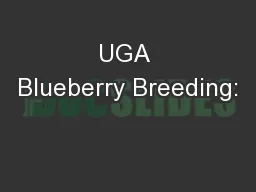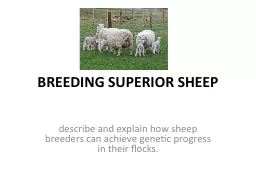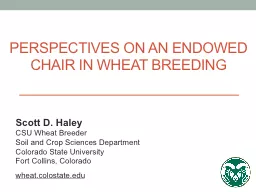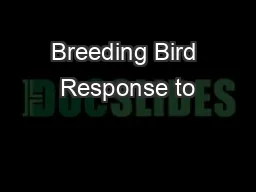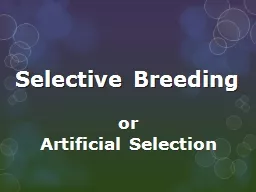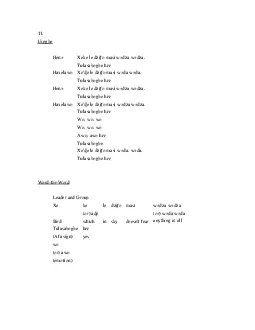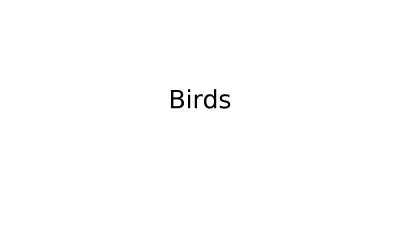PPT-Breeding Bird Response to
Author : pamella-moone | Published Date : 2018-01-07
Riparian Buffer Width 10 years postharvest Scott Pearson Washington Department of Fish amp Wildlife Jack Giovanini Jay Jones amp AJ Kroll Weyerhaeuser NR Drivers
Presentation Embed Code
Download Presentation
Download Presentation The PPT/PDF document "Breeding Bird Response to" is the property of its rightful owner. Permission is granted to download and print the materials on this website for personal, non-commercial use only, and to display it on your personal computer provided you do not modify the materials and that you retain all copyright notices contained in the materials. By downloading content from our website, you accept the terms of this agreement.
Breeding Bird Response to: Transcript
Download Rules Of Document
"Breeding Bird Response to"The content belongs to its owner. You may download and print it for personal use, without modification, and keep all copyright notices. By downloading, you agree to these terms.
Related Documents


